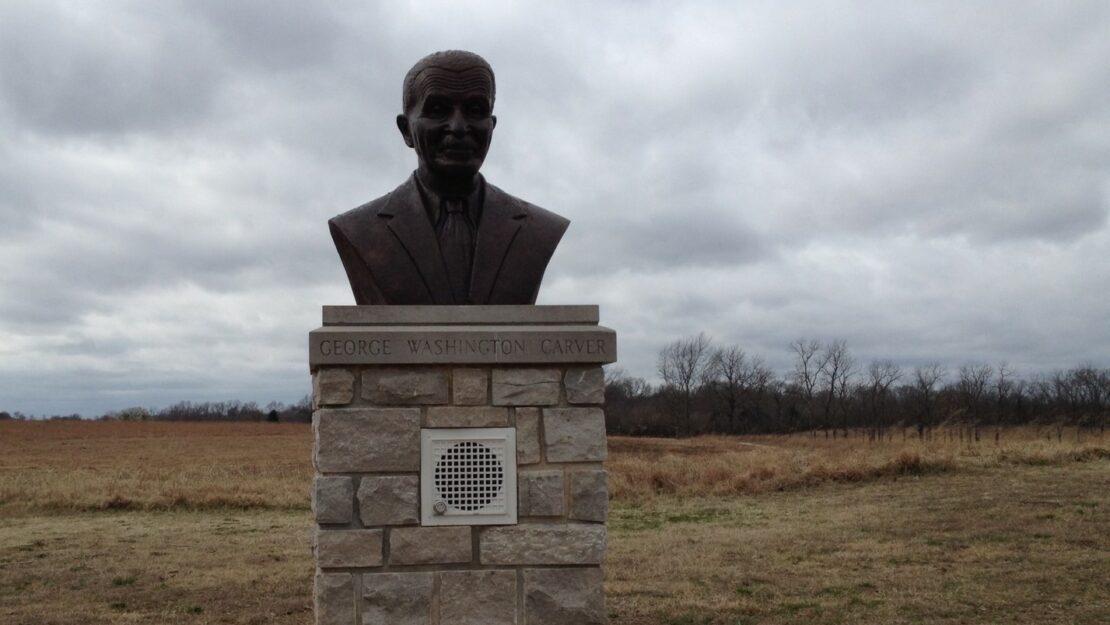GWCA

By: Kristina Beckham

Bringing it back up north a little from last month’s post into Missouri. Diamond, Missouri to be exact, at George Washington Carver National Park. We have had the awesome pleasure of working at this park doing multiple different projects. This park is the definition of a small park and is without a doubt one of my favorites. The staff is amazing and how they present the history and culture of why they made it into a park is presented in such a manner that makes you want to be more involved with helping out around there.
So far at GWCA we have backpack sprayed woody plants in the prairie part of their park with another crew from Ames, Iowa. During this project we got to experience another crew’s dynamic, while working through the intense heat that is the south (or close enough to it). Some examples of the plant species we specifically looked for are: Sumac (Winged and Fragent), Lespedeza, Sweet Clover, Thicket (all the additional stuff that didn’t fit into the other catergories), Crown Fetch, and Honey Locust. We also got the chance to take part in two different types of surveys; one for birds and the other for prairie plants. First, with the bird surveys, we used GPS units to find upwards of 200 points between three different parks (Wilson Creek, George Washington, and Pea Ridge) with about 70 at GWCA. At each of these points we would measure the diameter of every alive tree within a 5-meter radius, cover area, vegetation height, height of the largest tree, and classify all the alive trees in a 10-meter radius into three categories based off their diameter size. For the prairie plant survey, we went to specific transects that have been marked for years by the NPS (with metal crowbars in the ground) locating them by GPS units and metal detectors. Once we found them we would mark out the A & B line transects. The start of A&B to the finish of A&B was always 50 meters apart where the ending points were always 20 meters.

Again, here is a complete listing of what is going on at George Washington Carver National Park: https://www.nps.gov/gwca/planyourvisit/calendar.htm
Also, here are free entry days into the National Parks as shown in the link below: https://www.nps.gov/planyourvisit/fee-free-parks.htm
This month for our interview is Aaron Breidert.

Q Why did you join the Conservation Corp?
A I joined the Corp because I was interested in wildlife, forestry, and regional invasive plant species. Running a chainsaw is also a great perk.
Q What has been your favorite thing to do so far?
A My favorite project took place on the Loess Hills crew last year. The crew was tasked with eastern red cedar removal off a remnant prairie ridge along the Missouri river valley.
Q What was your favorite thing about George Washington Carver?
A George Washington is a great example of a cultural National Park in which I enjoy the museum.
Q Why did you join the Conservation Corp for another year?
A Joining the NPS roving crew has allowed me to enhance my experiences in environmental restoration as well tree, plant, and wildlife ID. Networking with others passionate about the environment is fantastic.
Thanks for reading! Until next month,
-KB